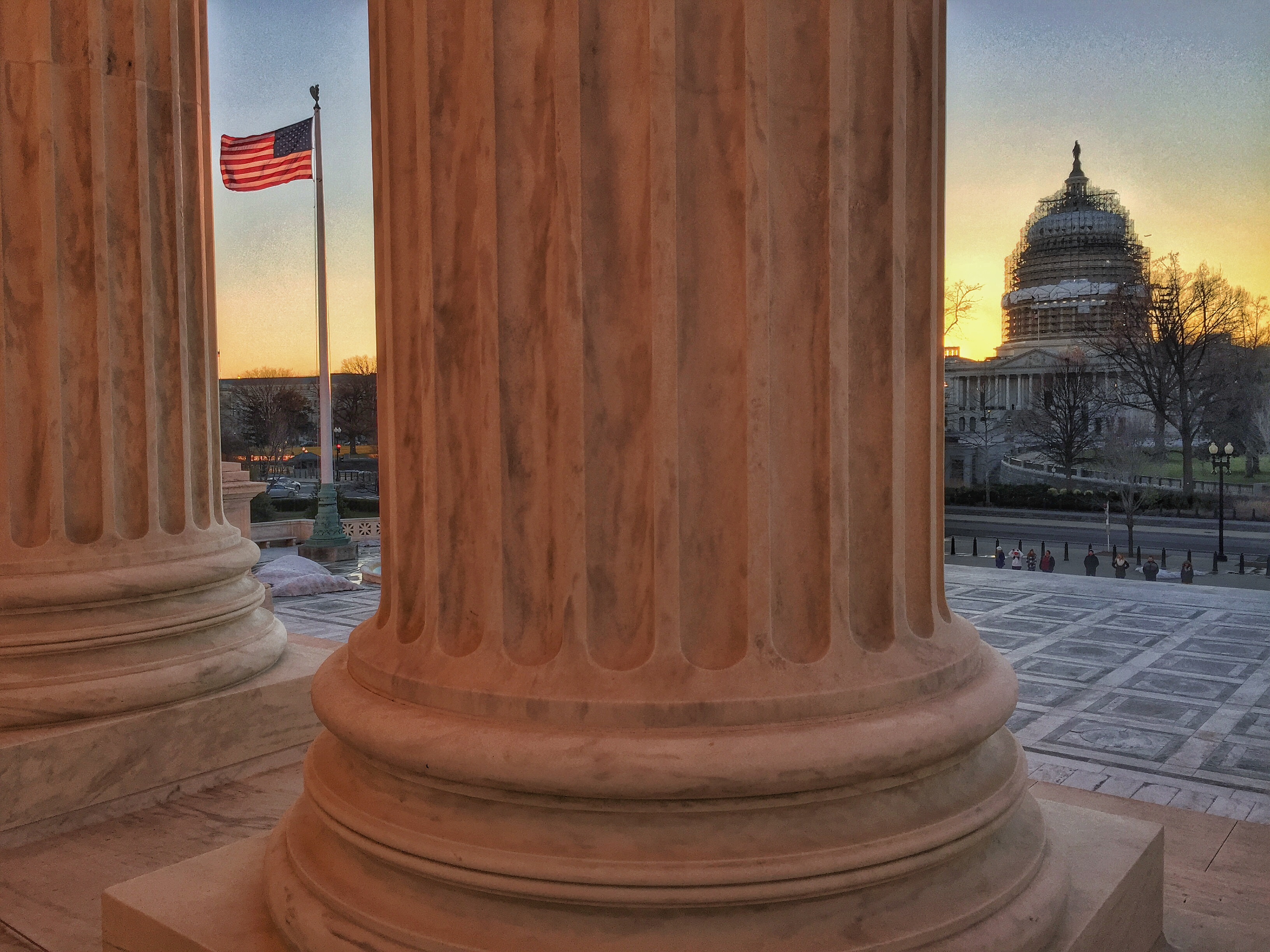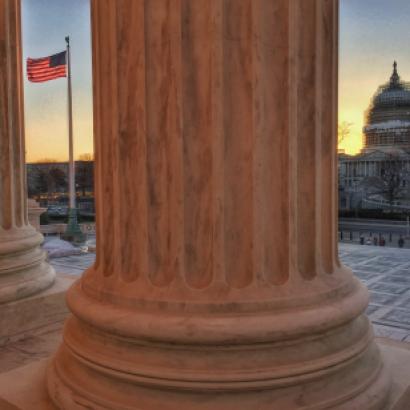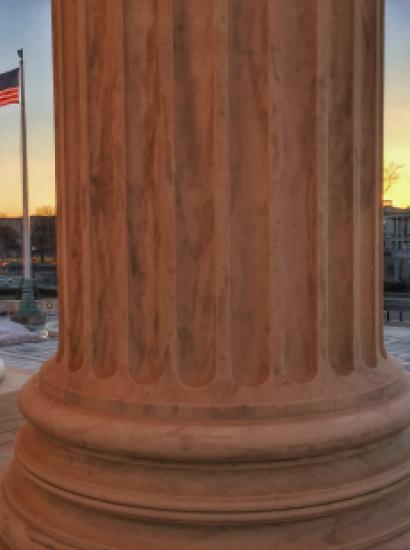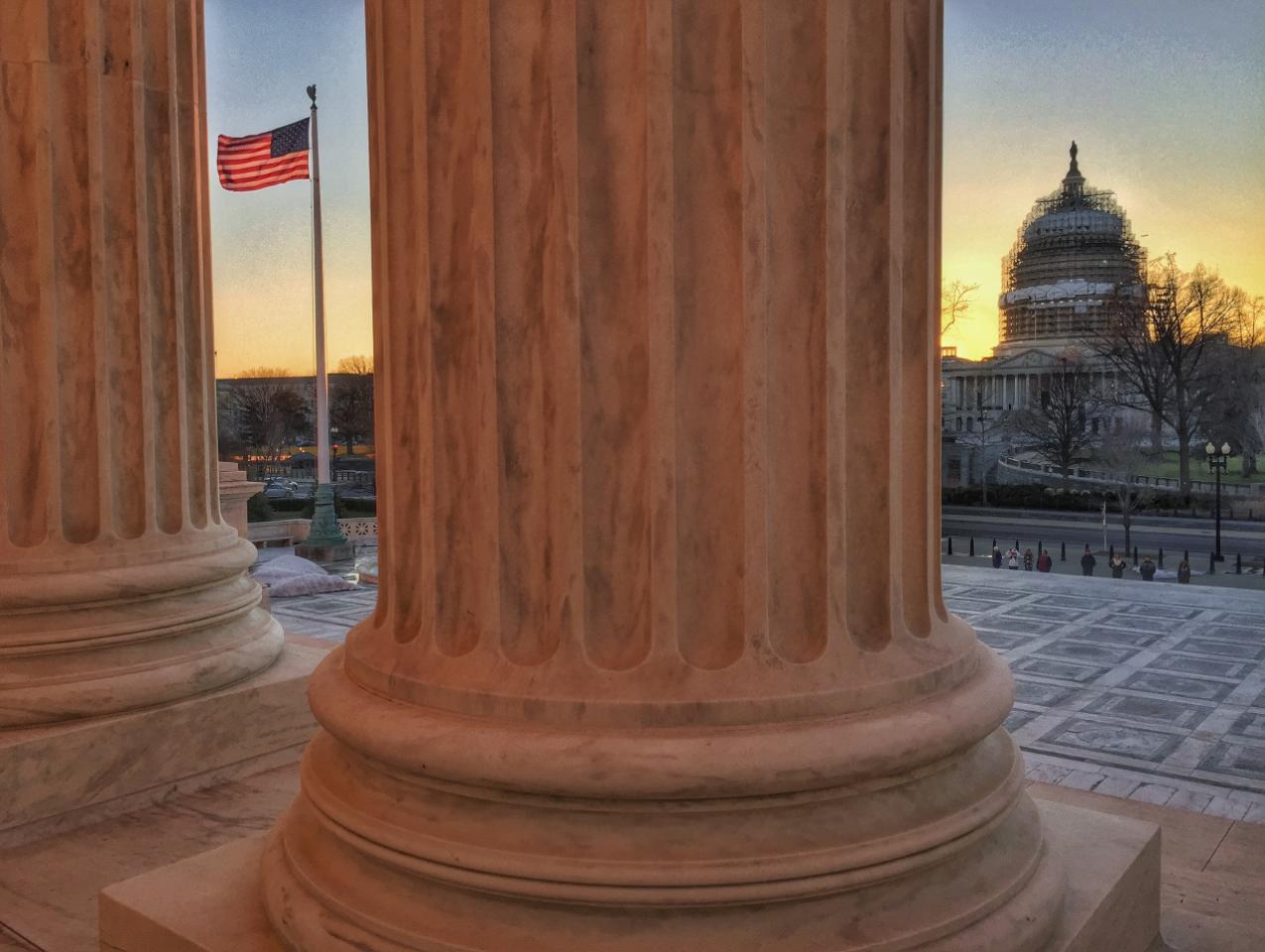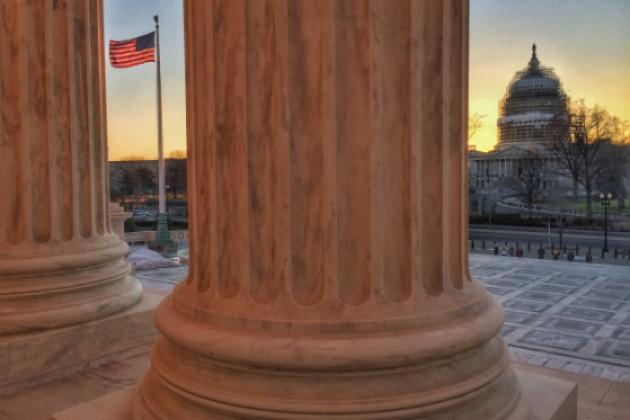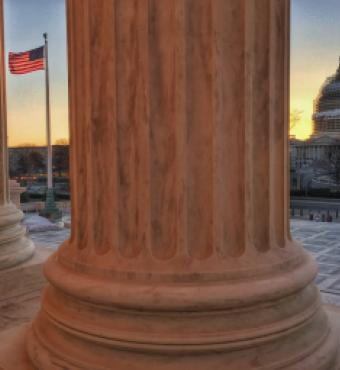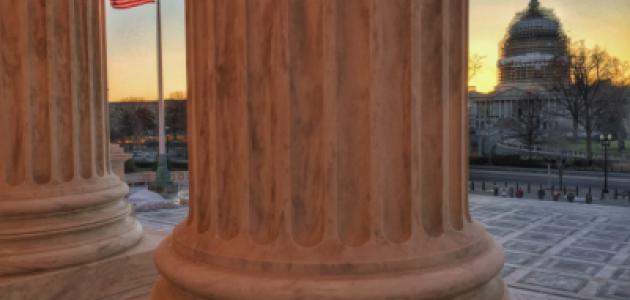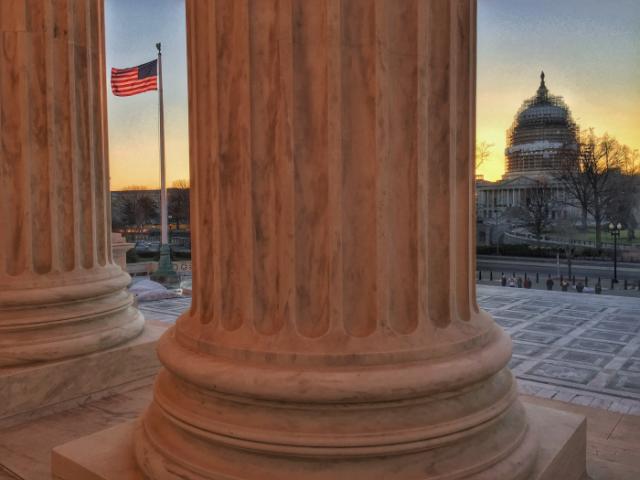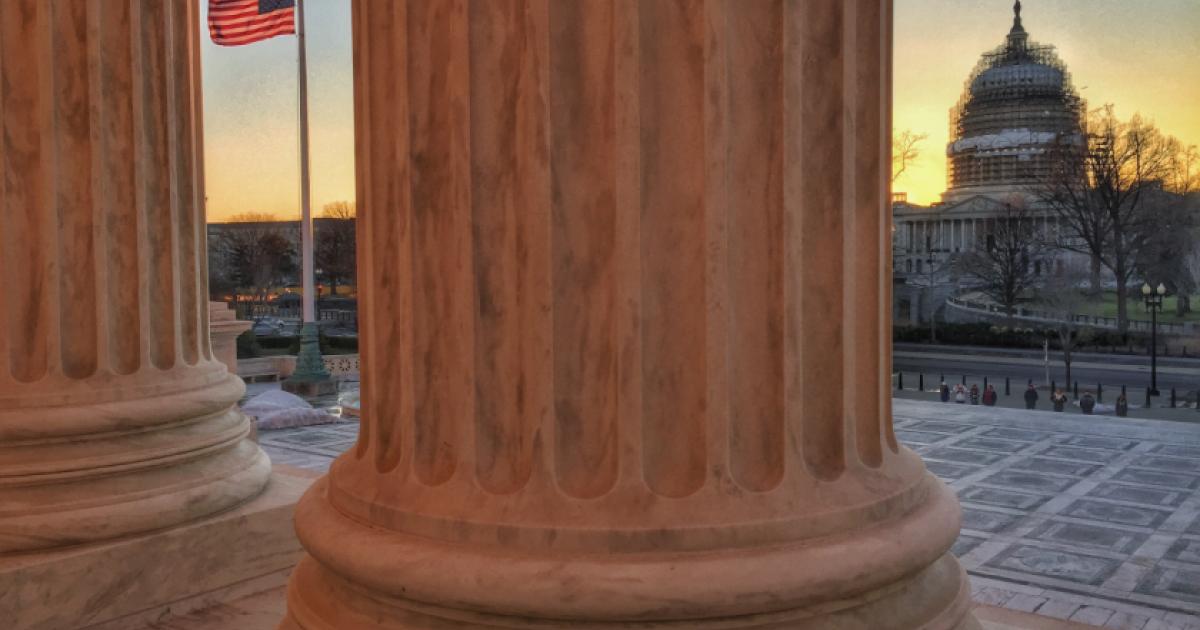- Politics, Institutions, and Public Opinion
- Judiciary
- State & Local
- California
Let’s begin this column by giving some long-overdue kudos to Barbara Boxer, who at this time seven years ago had just announced her plans to retire from the US Senate after the 2016 election—a decision that would impact American history (Boxer was succeeded by Kamala Harris, who’d go on to become the nation’s first female and first non-White vice president).
Why Boxer deserves the shout-out? Because back in early 2015 and only a couple of months removed from her 74th birthday—yet knowing she could retain her safe seat in Democratic-friendly California for at least another six years—she concluded that there was more to life than holding political office.
That’s not a popular sentiment in California political circles these days.
Dianne Feinstein, Boxer’s California colleague for the entirety of the latter’s 24 years in the Senate, seems determined to finish a current term that stretches to November 2024, at which time Feinstein will be 91 years old (last year, Boxer suggested that Feinstein should consider early retirement).
And just last week, Nancy Pelosi (like Boxer, born in 1940) announced her intention to run for a 19th term in the US House of Representatives this fall—a slam-dunk given that she hails from one of the most Democratic districts in America.
The idea of gerontocracy in American government didn’t get much play last week when Supreme Court justice Stephen Breyer (age 83) announced his retirement. But what could be evident in a few weeks, when President Biden announces Breyer’s replacement: how the Supreme Court vacancy could impact California like a billiard ball careening from cushion to cushion.
I figure at least a half-dozen ways that California is and might be affected by this, the first Supreme Court vacancy during the Biden presidency.
These include:
First, remembering that Stephen Breyer’s path to the highest court in the land began in the Golden State—Breyer being a San Francisco native who earned an undergraduate degree from Stanford University before studying law at Harvard.
Second, another California native—Vice President Harris—will part of an internal White House team tasked with finding Breyer’s replacement (it won’t be a long list, as [a] Biden has repeatedly said that his choice will break ground as the Supreme Court’s first female Black justice and [b] there’s but a relatively small supply of Black and multiracial women presently on the federal bench).
But that’s assuming Biden goes with a judge, which Dwight Eisenhower chose not to do when, like Biden in his second year in the Oval Office, he tapped Earl Warren, at the time California’s governor, to be the Supreme Court’s next chief justice (fear not: Gavin Newsom is not an attorney). Eisenhower’s rationale? As he told advisors, he wanted “a man of broad experience, professional competence, and with an unimpeachable record and reputation for integrity.”
(If you’re into eerie parallels, Eisenhower’s vice president was, like Kamala Harris, briefly a US senator from California and likewise a magnet for controversy.)
Which takes us to a third California carom—the possibility of history repeating itself when it comes to vetting processes. In 2000, Dick Cheney led a vice-presidential selection process that concluded that the best individual to run alongside George W. Bush was . . . Dick Cheney. What if Harris and her colleagues conclude that the best woman for this job is . . . Vice President Kamala Harris?
It’s a fun what-if, if you’re into rampant political speculation, as it raises the question of whom Biden would choose to replace his running mate. Would he go left, center, even right?
But let’s pop the trial balloon here and now.
First, considering that Harris already is a heartbeat away from the presidency and arguably the early front-runner to be the next Democratic nominee should Biden not seek a second term, would she want to give up such proximity to the brass ring for a new life in a black robe?
Second, if the reports are true and Harris isn’t fond of delving into aides’ briefing papers and policy details, then the heavy-lifting that is Supreme Court jurisprudence might not seem an attractive alternative.
Besides, having turned 57 in October, Harris might be a little long in the tooth for a modern-day Supreme Court vacancy. At the time of their appointments, the five most recent Supreme Court appointees varied in age from 48 to 53. Perhaps the Biden White House will turn to a candidate in her mid-to-late-40s who’s likely to serve a minimum of Breyer’s 28 years, if not longer (Clarence Thomas, age 73 and currently the longest-serving justice, took his seat in October 1991).
If so, that takes us to a fourth California angle to explore: the possibility of the job going to California Supreme Court justice Leondra Kruger, who’s only 45 but currently in her seventh year on the highest court in California.
Here are two things to know about Justice Kruger, a Los Angeles–area native.
First, her appointment by Gov. Jerry Brown was something of a head-scratcher at the time (one law professor calling it “a mindblower”), as she was neither a serving judge nor a practicing lawyer in the Golden State. But that was keeping with then governor Brown’s modus operandi when it came to California Supreme Court picks: (a) “outsider” status (Brown’s three appointees included Kruger, at the time an associate general in the federal Justice Department, and two law professors); and (b) Ivy pedigrees (all three California justices, like Brown, being products of Yale Law School).
And if indeed Leondra Kruger is the choice, then we have a fifth California angle to examine: why she’s considered a “moderate” by California judicial standards.
Here, I’ll defer to SCOTUSblog, which does a nice job of recapping Justice Kruger’s tenure and deems her “difficult to pigeonhole. She has sometimes joined Democratic appointees to reach an arguably ‘liberal’ result, but at other times she has joined Republican appointees to arrive at an arguably ‘conservative’ result.”
Among the cases noted:
- Kruger, in 2017, joining her more conservative colleagues in a ruling that made it more difficult for “Three Strikes” inmates to get their sentences reduced;
- Kruger, in 2018, providing “the key vote” in Hassell v. Bird, in which the California court declined to uphold an order that would have required Yelp to remove negative reviews of a law firm from its site (the court deciding that such a requirement would violate the controversial Section 230 of the federal Communications Decency Act of 1996);
- Kruger, in 2019, siding with the majority in overturning a lower-court ruling that upheld the right to search a car without a warrant to look for a driver’s identification.
Again, supposing that Leondra Kruger is the choice, let’s move forward in 2022 to consider a Senate Judiciary confirmation and this sixth and final California consideration: whom will Senate Republicans put on trial—the justice or her home state?
It’s an interesting question, as that Senate panel includes at least three GOP senators who make most lists of potential 2024 presidential hopefuls: Arkansas senator Tom Cotton, Texas senator Ted Cruz and Missouri senator Josh Hawley. And nothing plays better with Republican activists than good, old-fashioned California bashing.
What topics might be raised?
The legality of vaccine mandates would be a possibility—California’s state legislature considering a measure that would require all K–12 students to receive a COVID jab in order to attend a public or private school.
And there’s gun ownership and the Second Amendment—San Jose last week becoming the first city in America to require gun owners to carry liability insurance.
And, considering that the Supreme Court is due to consider two cases this fall involving universities, minorities, and affirmative action, Justice Kruger’s thoughts on admissions practices—an appropriate conversation, some would contend, if one were to characterize Biden’s limiting the field of Supreme Court applicants to Black women as a different form of race-based admissions.
Not that such questions would likely derail Justice Kruger’s conformation—or most any other nontoxic nominee. As the pick doesn’t shift the court’s ideological tilt, the stakes are low.
But for a viewing audience back in California riled by the Golden State’s leftward tilt, it does pose this question: Why set the alarm for an early hour in order to watch televised proceedings about matters that already made you mad?







